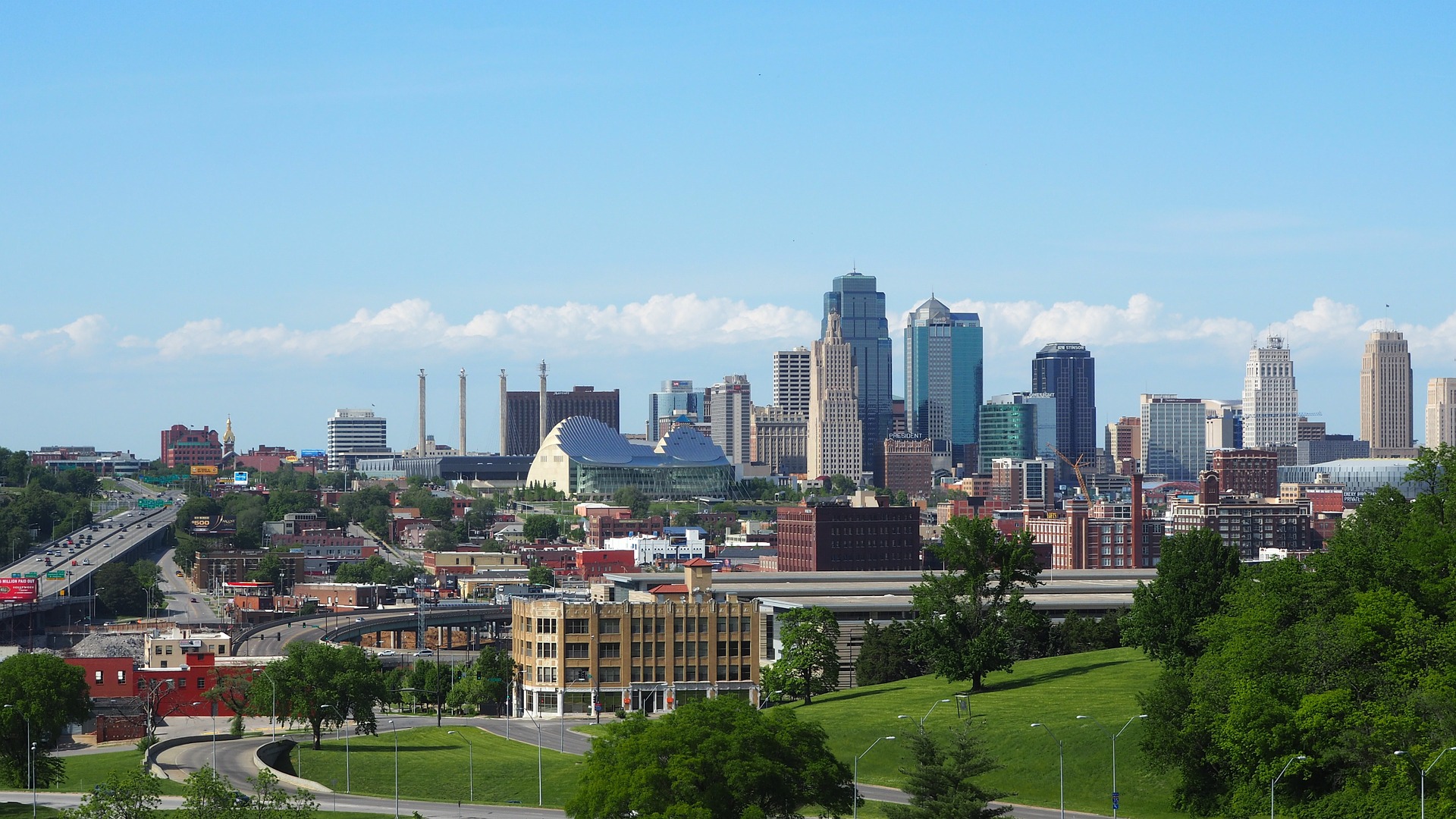Kansas City’s fifth-annual Downtown KC Office Summit was held this week, where local and national retail experts gathered with an overall confidence that Downtown is strong and promising growth ahead.
Speakers at the summit, held at The Gallery event space in Kansas City Power & Light District, highlighted new and future projects as well as local and national trends. Here are three major takeaways from the event.
The wind is at the office market’s back.
Office leasing is on track nationwide to recover by 3Q of 2022, with rent growth to follow in 2023. Revathi Greenwood, global head of data and insights for Cushman & Wakefield in Washington, cites technology, health care, insurance and finance industries as drivers for this recovery.
New office projects with quality, safe, amenitized infrastructures are attracting talent, creating a place where they can socialize and be fun as well as work and be creative. Companies have a desire for strategic, high-end downtown locations with quality spaces and amenities. There are several large office developments in progress as well as unique office conversions, such as Grand Place and Corrigan Station. We’ve also seen recent office renovations at 2345 Grand, Town Pavilion and lightwell buildings.
Projects continue coming down the pike.
Large developments on Kansas City’s horizon include the Kansas City International Airport’s new $1.5 billion terminal (March 2023), The Kansas City Current’s (NWSL) $70 million, 11,000-seat stadium at the Berkley Riverfront (est. 2024 opening), and the 3.5-mile southern extension of the streetcar line to the University of Missouri-Kansas City along with a half-mile riverfront service (early 2025).
Another large project is South Loop Link, the proposed 4-block public park deck above Interstate 670, that cuts through downtown between the CBD & Crossroads Art District. The Downtown Council is applying for a grant from the U.S. Department of Transportation, matched with funds from local sources to pursue the project.
Downtown’s population could continue to balloon.
The Kansas City region ranks eighth among 38 major metro areas for migration gains since the onset of the pandemic. The city’s downtown population has also increased from less than 10,000 residents 15 years ago to more than 32,000, on track to increase past 36,000 by 2025. Kansas City has a real opportunity to capitalize on the post-pandemic relocation with its geography, quality of life, cost of living, educated workforce and status as a national transportation hub.
To read the Kansas City Business Journal’s full recap of the Office Summit, click here.
To contact one of AREA’s office experts for more information on the office market and office leasing/sales, click here.

